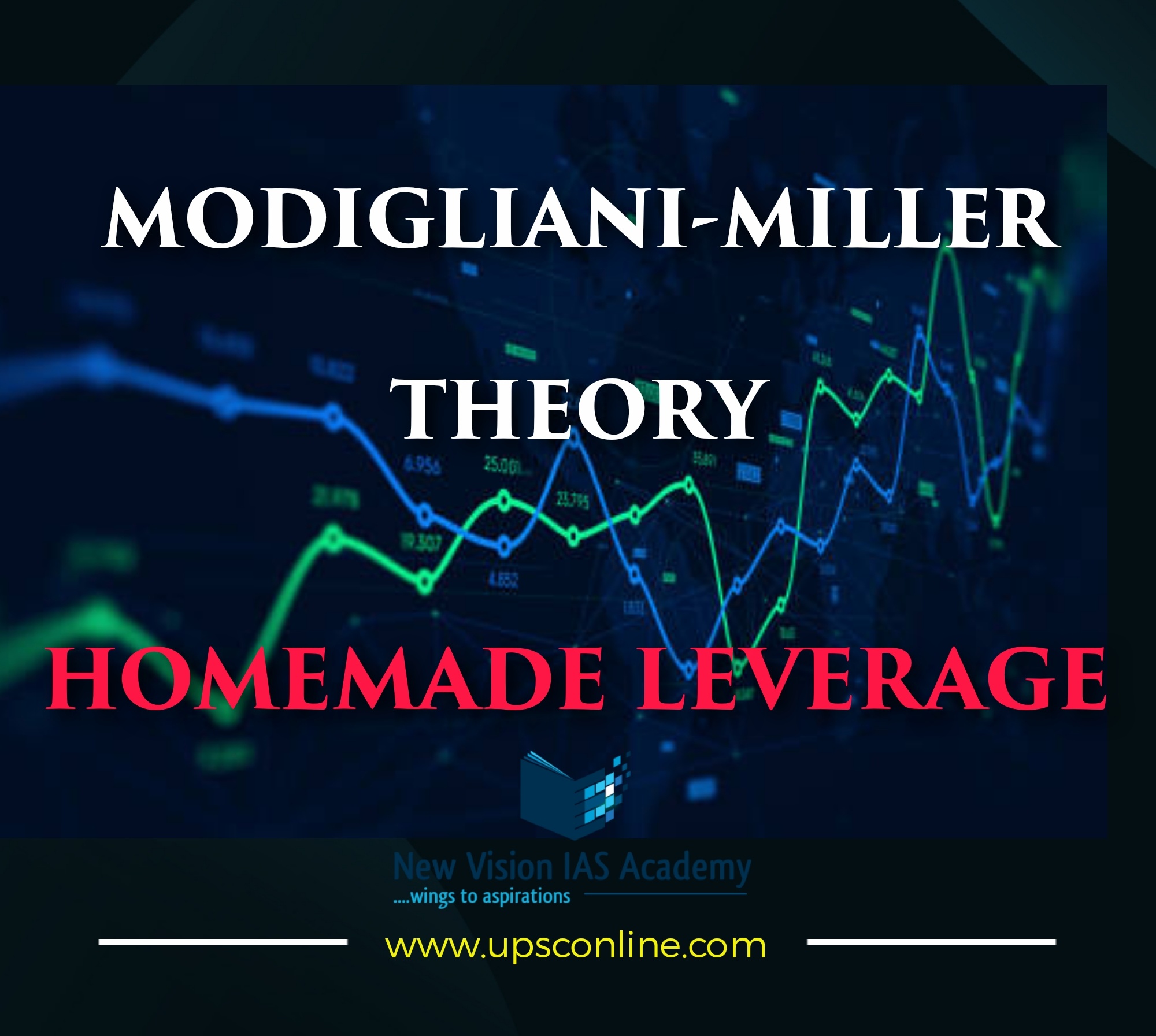It forms the basis of modern thinking on capital structure. Under a certain market price process , in the absence of taxes, bankruptcy costs , agency costs & asymmetric information and in an efficient market, the value of the firm is unaffected by how that firm is financed. It does not matter whether the capital is raised by selling debt or issuing stocks. It doesn’t matter what is the dividend policy of the firm.
It is called as “ Capital Structure Irrelevance Principle” In other words, the total value of the company should not change, if it’s capital structure does . Total value is the , value of its sources of funding, this is similar to simple enterprise value ( debt + Equity) .
The first proposition states that the value of a company is independent of its capital structure. The second proposition states the company’s weighted average cost of capital is a function of the company’s business risk and will remain constant regardless of the capital structure. It implies that component cost of capital (i.e. cost of debt and cost of equity) will adjust with any change in debt to equity ratio resulting in a constant weighted-average cost of capital.
HOMEMADE LEVERAGE
Investors will go for two kinds of investments, on their own to create the desired type of earning. 1) Direct invested in the company’s stock borrowing2) If shares of levered firms are priced too high, investors will try to take advantage of borrowing on their own and use the money to buy shares in unlevered firms. Such use of debt by the investors is known as homemade leverage.
The investors of homemade leverage can obtain the same return as the levered firms, therefore, for investors; the value of the firm is not affected by debt-equity mix.An outside investor interested in the levered equity return of a firm that has chosen too little leverage can get desired level of return on their own using a brokerage margin account.
A modest amount of portfolio leverage through a brokerage margin account is highly efficient because the debt is essentially risk ree due to over-collateralization and high frequency marking-to-market, allowing for borrowing rates close to the risk free rate. The homemade leverage will not manufacture the incentive & tax effects that increased leverage at the firm-level may produce, but can significantly alter the risk and return properties of the underlying equity.
An outside investor would need to select a portfolio of comparable pre-transaction stocks and invest slightly more than two times their equity capital in this portfolio to match the post-transaction levered equity return, which is expected to essentially double the underlying market beta of the underlying stock.
SIMPLE ANALOGY BY MILLER
Miller (1991) explains the intuition for the Theorem with a simple analogy. “Think of the firm as a gigantic tub of whole milk. The farmer can sell the whole milk as it is. Or he can separate out the cream, and sell it at a considerably higher price than the whole milk would bring.” He continues, “The Modigliani-Miller proposition says that if there were no costs of separation, the cream plus the skim milk would bring the same price as the whole milk.” The essence of the argument is that increasing the amount of debt (cream) lowers the value of outstanding equity (skim milk) – selling off safe cash flows to debt-holders leaves the firm with more lower valued equity, keeping the total value of the firm unchanged.
“The Modigliani-Miller proposition says that if there were no costs of separation, the cream plus the skim milk would bring the same price as the whole milk.”
Explains Miller



0 Comments